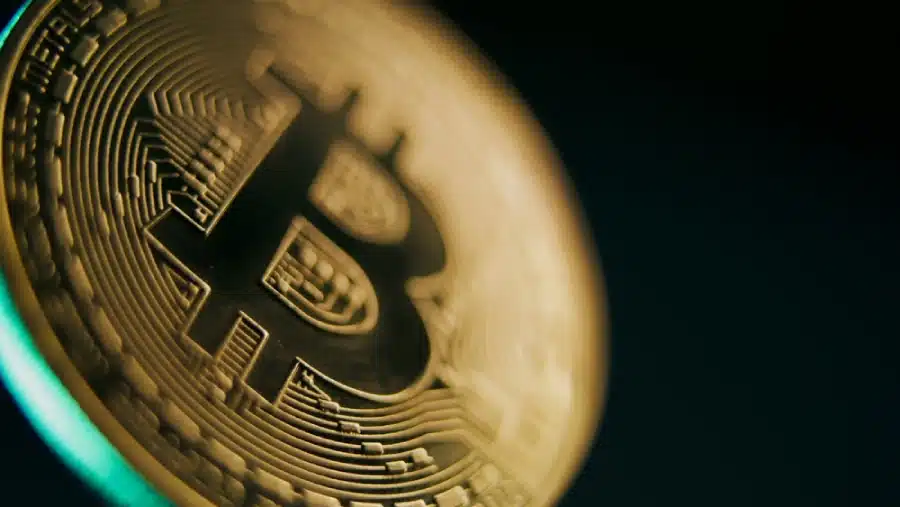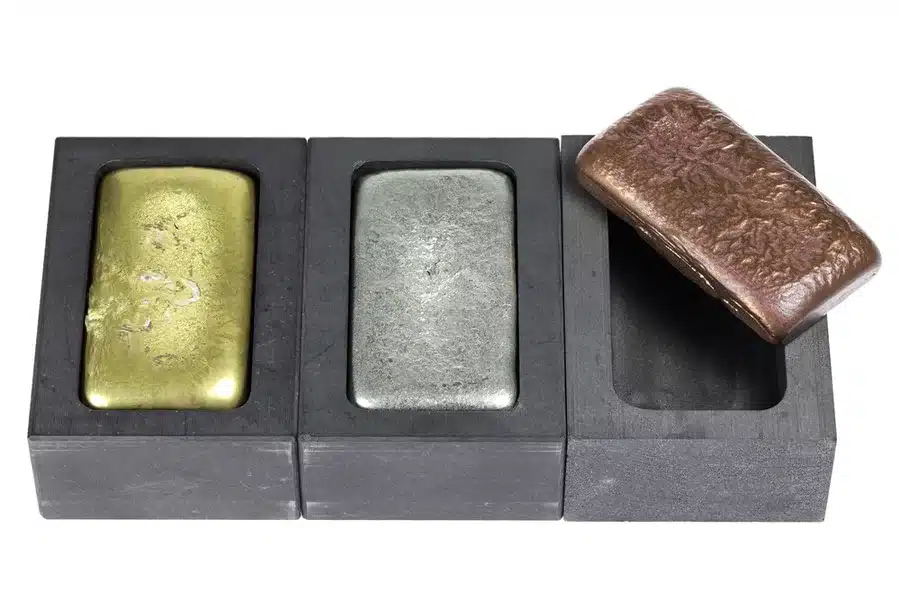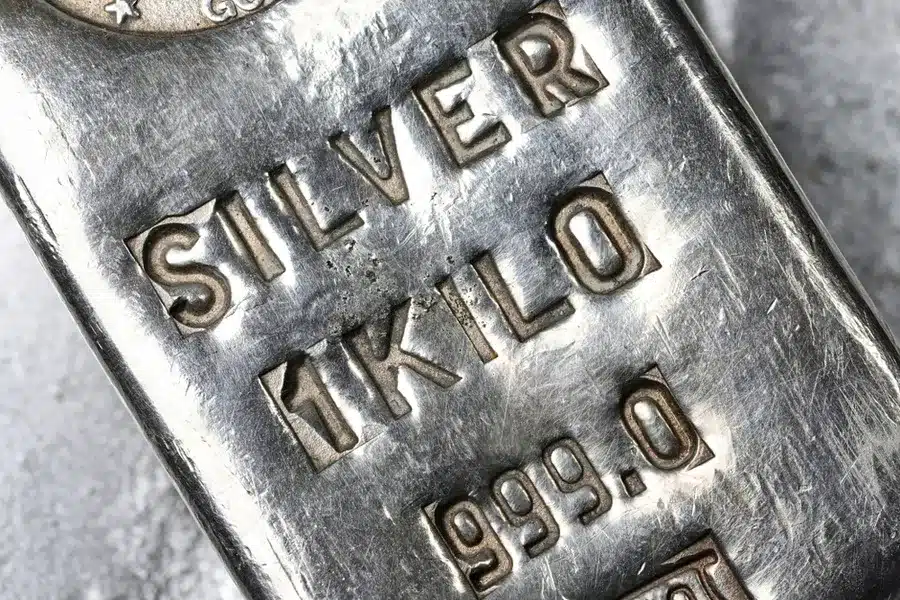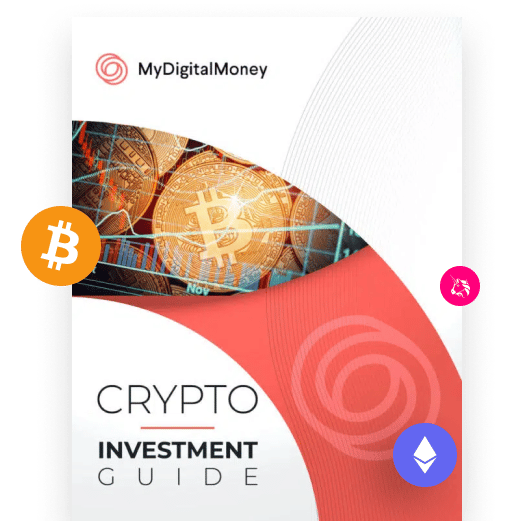Summary:
- Digital assets include cryptocurrencies, NFTs, and tokenized real-world assets
- Stored on blockchain using distributed ledger technology
- Invest through buying, trading, or staking
- Use secure wallets to store assets
- Start small, diversify, and focus on long-term strategies for success in digital asset investing
The world of digital assets has exploded in recent years, offering exciting opportunities for investors of all levels. From cryptocurrencies and NFTs to tokenized real-world assets, digital assets are reshaping how we store, trade, and grow wealth in the digital form. But for beginners, diving into this space can be confusing.
This guide breaks down the basics of digital assets—what they are, how they work, and how to make money from digital assets—so you can start investing safely and confidently.
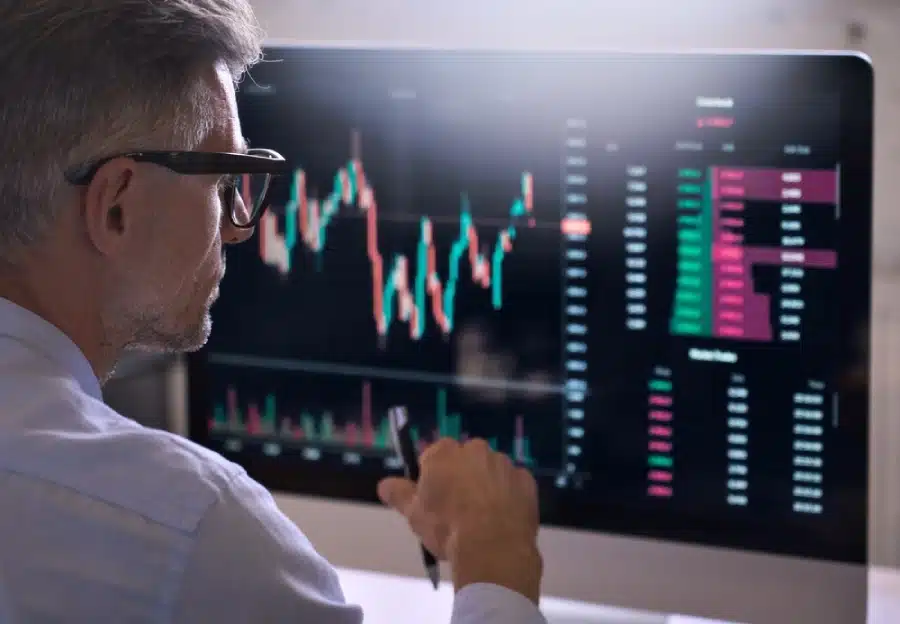
What Are Digital Assets?
Digital assets are any assets that exist in a digital form and have value. They are typically stored on a blockchain-based system and are secured by cryptography. Some common types of digital assets include:
- Cryptocurrencies like Bitcoin, Ethereum, and Solana
- NFTs (non-fungible tokens), which represent digital art, music, or collectibles
- Tokens used in decentralized finance (DeFi) platforms
- Virtual currencies created by games or social media platforms
More broadly, digital assets include any asset that can be owned, transferred, and stored electronically, often through a distributed ledger.
Digital Assets Examples
To better understand this space, here are some digital asset examples across different categories:
- Cryptocurrencies: Bitcoin (BTC), Ethereum (ETH), Solana (SOL)
- Fungible tokens: USDC, which are equal in value and interchangeable
- NFTs: One-of-a-kind digital art pieces like Bored Ape Yacht Club
- DeFi tokens: Aave, Uniswap (used on DeFi protocols)
- Real world assets in digital form: Tokenized real estate, commodities, or stocks
Each of these assets serves a unique purpose, whether as a digital currency, a collectible, or a utility token used within a specific platform.
How Digital Assets Work
Most digital assets are powered by blockchain technology, a secure and transparent way to record transactions using a distributed ledger. This allows users to trade, store, and verify assets without relying on traditional intermediaries like banks.
Unlike fiat currency, which is centralized and issued by governments, digital assets are often decentralized. This means no single entity controls them. That leads to greater transparency, but also higher responsibility for users.
How to Make Money from Digital Assets
There are several ways to earn income or build wealth through digital asset trading and investing:
1. Buy and Hold (HODL)
This long-term strategy involves buying a promising crypto asset or NFT and holding it until its value increases.
2. Active Trading
Digital asset trading involves buying and selling assets to profit from short-term price swings. This requires market knowledge and risk management.
3. Staking and Yield Farming
Some blockchain-based platforms let you earn rewards by staking your tokens or providing liquidity to DeFi pools.
4. Creating or Selling NFTs
Artists, musicians, and creators can earn money by minting and selling their work as NFTs.
5. Tokenized Real-World Assets
Invest in assets like real estate or gold that have been digitized and traded as tokens.
Just like with stocks or real estate, it’s important to diversify, stay informed, and avoid investing more than you can afford to lose.
Wallets and Security
Before you include cryptocurrencies or NFTs in your portfolio, you’ll need a secure way to store them. That’s where digital wallets come in.
Types of Wallets:
- Hot Wallets: Connected to the internet, easy for frequent trading.
- Cold Wallets: Offline and more secure, better for long-term storage.
Security is key in the world of digital assets. Use two-factor authentication, keep backup phrases offline, and never share your private keys.
Risks and Considerations
Like all investments, digital assets come with risks:
- Volatility: Prices can fluctuate dramatically in short periods.
- Regulatory uncertainty: Governments are still determining how to classify and regulate digital currency and NFTs.
- Security threats: Hacks, phishing scams, and lost wallet keys are common threats.
Still, many believe in the long-term value of blockchain and decentralized finance (DeFi), especially as adoption grows across industries.
Getting Started with Digital Assets
Here’s a simple checklist for beginners looking to start their journey:
- Research: Understand the different types of digital assets, including cryptocurrencies, NFTs, and utility tokens.
- Choose a reputable exchange: Use a trusted crypto exchange for buying and selling assets.
- Set up a wallet: Select a secure method for storing your digital investments.
- Start small: Begin with an amount you’re comfortable with and grow as you learn.
- Diversify: Don’t rely solely on one asset—spread your investments across different classes like digital art, tokens, and virtual currencies.
The Bottom Line
Investing in digital assets can be a rewarding but complex journey. By understanding what they are, how they work, and how to make money from digital assets, you’ll be better prepared to take advantage of this evolving space.
Whether you’re drawn to crypto assets, NFTs, or real-world assets in digital form, the key is education, security, and a long-term mindset. With the right approach, digital assets can become a valuable part of your financial future.
